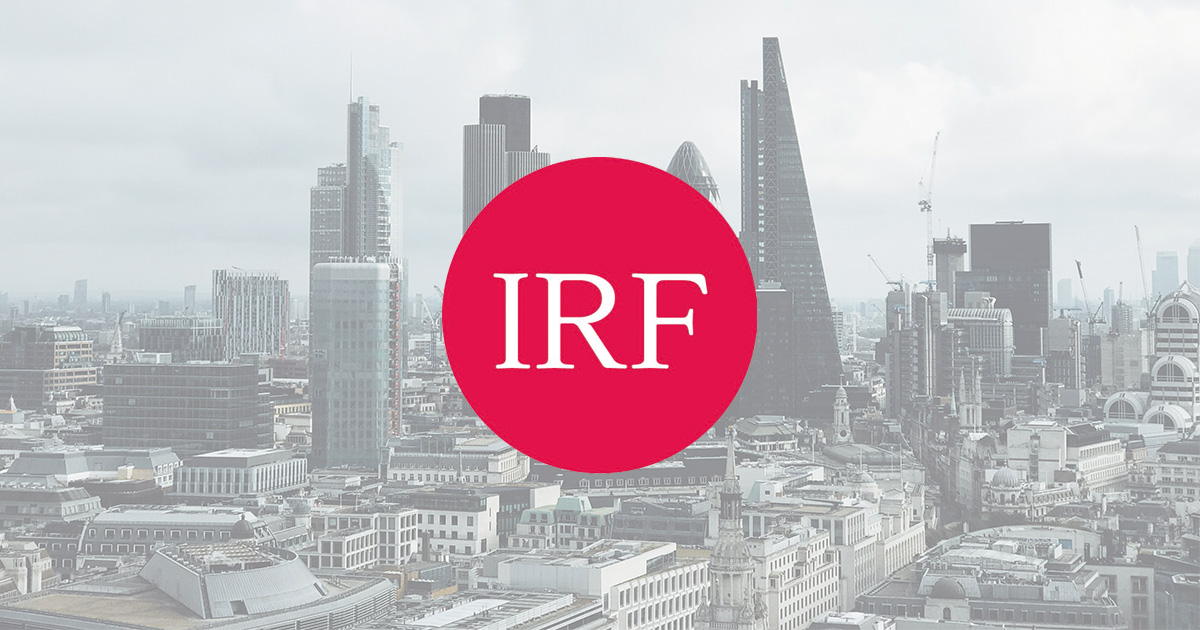Tue 09 Mar 2021 - 15:00
Summary
John analysed the fiscal package, which was signed into law by President Biden later in the week, with $1,400 direct payments, noting that retail sales were up 5% in January, involving only about one fifth of the income support that was distributed. There is a lot of consumer spending potential saved up. The fiscal deficit arising out of the package in 2021 is much larger than the GDP gap. $1.2 trillion of the $1.9 trillion fiscal package that hits in 2021 is almost 6% of nominal GDP, and by the end of the quarter, RDQ estimates the output gap to be closer to 2.5%, meaning there will be a fiscal stimulus larger than the capacity of the economy to absorb it. Much of this personal income support has been saved, and March should see record savings rates with close to $5 trillion annualised boost to personal incomes. By year end, there will likely be $3 trillion of easily spendable liquidity, arisen due to the pandemic. Conrad moved the discussion towards Inflation, firstly by differentiating between CPI, highly weighted on rents and rental equivalents, which has been falling due to impacts of the pandemic and people moving away from urban areas, and the PCE, which has a higher rate of medical care. RDQ forecast a monthly increase of 0.2% in core PCE prices, and the inflation rate up to about 2.5% by Spring. It was noted there is no relationship between the unemployment rate and CPI, going on to disparage the Fed’s idea that inflation happens when people expect inflation to go up year after year. Both the ISM services prices index and the NFIB index correlate with the PCE and indicate a sustained move up for inflation, not just due to base effects. RDQ ended by advising to protect oneself against the inflationary risk, which is more vital now than has been in the last 20 years. John went on to discuss monetary policy, looking at the three conditions the Fed has ordered to consider raising interest rates, with all three having to be met. These include PCE to 2%, the price data to sustain above 2% inflation rate and finally when the economy has returned to maximum employment. The employment gap is much larger than the GDP gap, showing a surge in productivity. However, the Fed is now looking at minority and disenfranchised groups and these additional gaps in the unemployment rate; groups that were disproportionately affected in terms of job losses by the pandemic. The Fed must drive the economy to close the employment gaps and GDP at that point will be substantially above its long-term trend. More is needed in fiscal policies for education, but monetary policy is being given the burden. RDQ project the Fed to remain extremely easy, to continue adding to the balance sheet until substantial progress has been made to these objectives. Conrad finished with some points on the markets. The bond market has seen 10-year yields rise by 100 basis points since early August lows, driven by a readjustment in the market’s views about longer term inflation. Pressure is growing on real yields, as increased supply of treasuries is being absorbed by private investors, with Fed not increasing their pace of purchases. RDQ expect to see profit margins widen in a post-recession recovery environment, where nominal output growth is going to be very strong. The economy profits could be up in the 15% range in 2021, as well as increases in bond yields and a strong profits outlook.
Topics
U.S. households have $2½ trillion above normal levels in their checking and savings accounts
Protecting assets against inflation is more important today than it has been for a few decades, inflation going over 3%
Fed driving the economy to close employment gaps risks overheating
Bond yields increasing, post-recession recovery and widening profit margins
